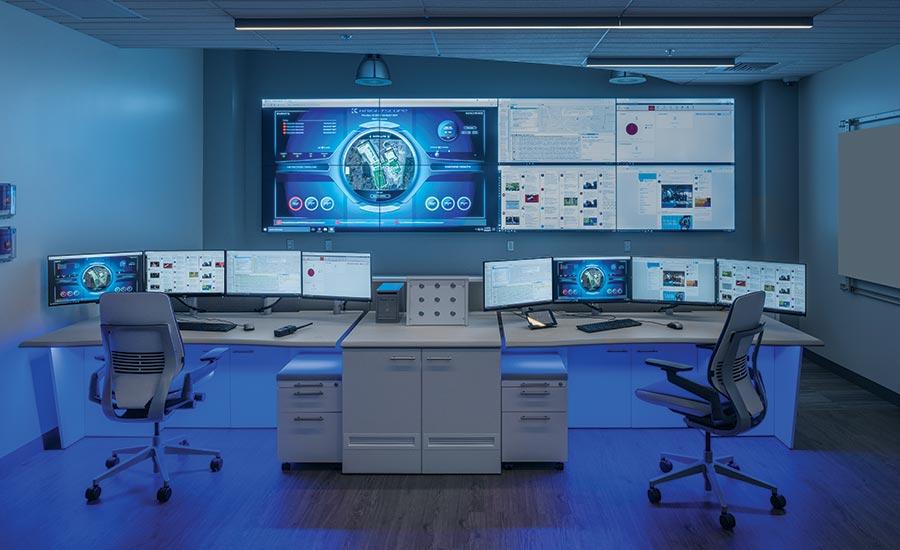How the Transformative Security Operation Center industry is Reshaping Cybersecurity

The modern cybersecurity landscape is being profoundly shaped by the maturation of a specialized and dynamic sector: the Security Operation Center. The Security Operation Center industry has evolved from a niche concept for large corporations into a sprawling ecosystem of technology, services, and talent that forms the backbone of modern cyber defense. This industry's increasing importance is reflected in its strong growth forecast, with expectations of an 8.2% CAGR through 2032, a trend greatly accelerated by the complexities introduced by cloud adoption and BYOD. This industry is not merely a collection of products and services; it represents a fundamental shift in the cybersecurity paradigm, moving from a static, perimeter-based defense model to a dynamic, intelligence-driven one focused on continuous monitoring and rapid response.
The SOC industry is composed of a complex and interconnected ecosystem of stakeholders. At its foundation are the technology vendors who develop the essential tools, from SIEM and SOAR platforms to endpoint and network security solutions. Surrounding them are the Managed Security Service Providers (MSSPs) and Managed Detection and Response (MDR) providers who deliver these capabilities as a service. A critical component of the industry is the human element, which includes the global community of cybersecurity analysts, threat researchers, and incident responders. This is supported by a growing network of training and certification organizations that are working to cultivate the next generation of security professionals and address the significant talent shortage that challenges the entire industry.
One of the most significant impacts of the SOC industry has been the professionalization and standardization of incident response. In the past, responding to a security breach was often an ad-hoc and chaotic process. The SOC industry has introduced structure and discipline through the development of standardized frameworks like the NIST Cybersecurity Framework and the MITRE ATT&CK framework. These models provide a common language and methodology for understanding attacker tactics and techniques, enabling more systematic threat detection and response. The use of formal "playbooks" for responding to specific types of incidents has also become standard practice, ensuring that responses are swift, consistent, and effective, which is crucial for minimizing the impact of a security breach.
Looking forward, the SOC industry is poised to play a central role in addressing the security challenges of emerging technologies. The proliferation of the Internet of Things (IoT) and the convergence of IT and Operational Technology (OT) in industrial environments are creating vast new attack surfaces. The SOC industry is actively developing new tools and techniques to monitor these non-traditional environments, extending the principles of centralized visibility and response to everything from smart factory equipment to medical devices. As our world becomes increasingly connected, the SOC industry will continue to adapt and innovate, solidifying its position as the essential command and control center for defending the digital future.
Explore Our Latest Trending Reports:
- Art
- Causes
- Crafts
- Dance
- Drinks
- Film
- Fitness
- Food
- Games
- Gardening
- Health
- Home
- Literature
- Music
- Networking
- Other
- Party
- Religion
- Shopping
- Sports
- Theater
- Wellness
